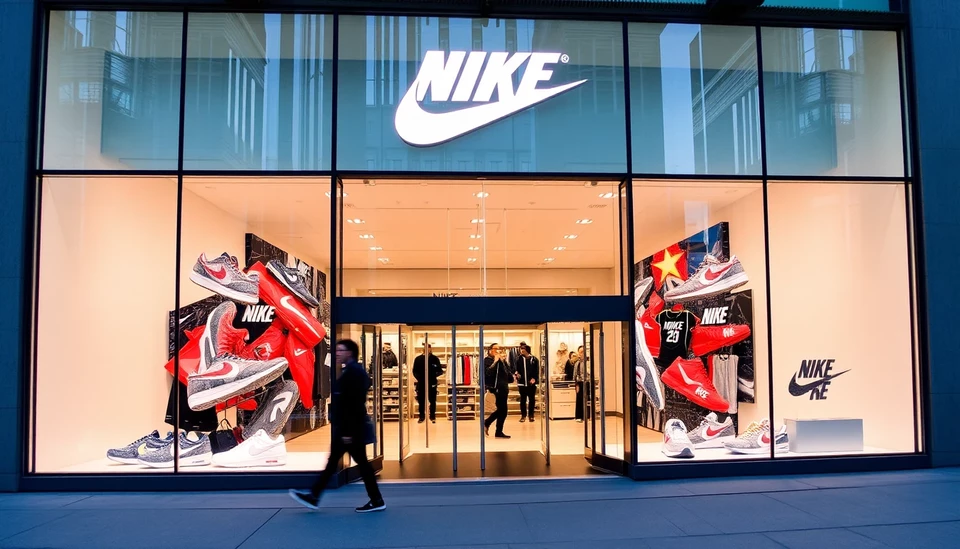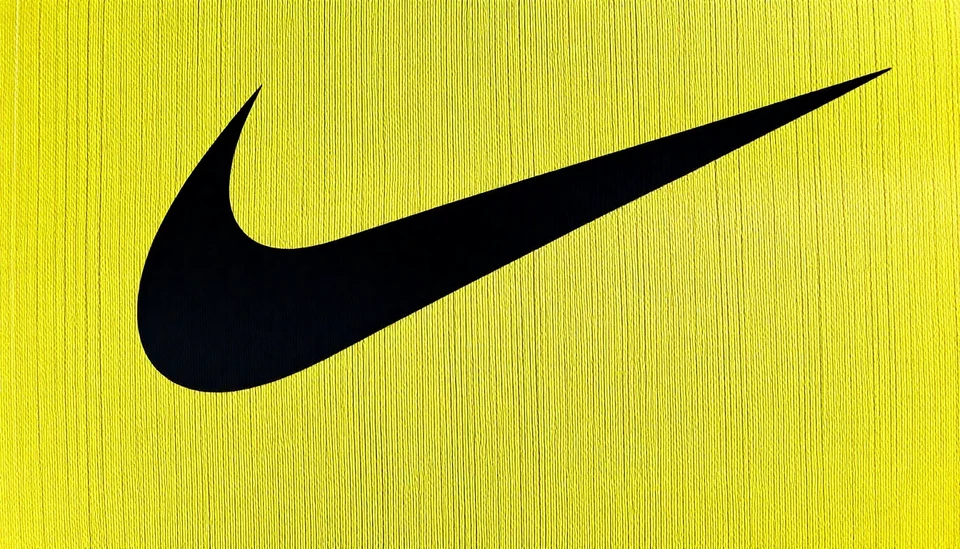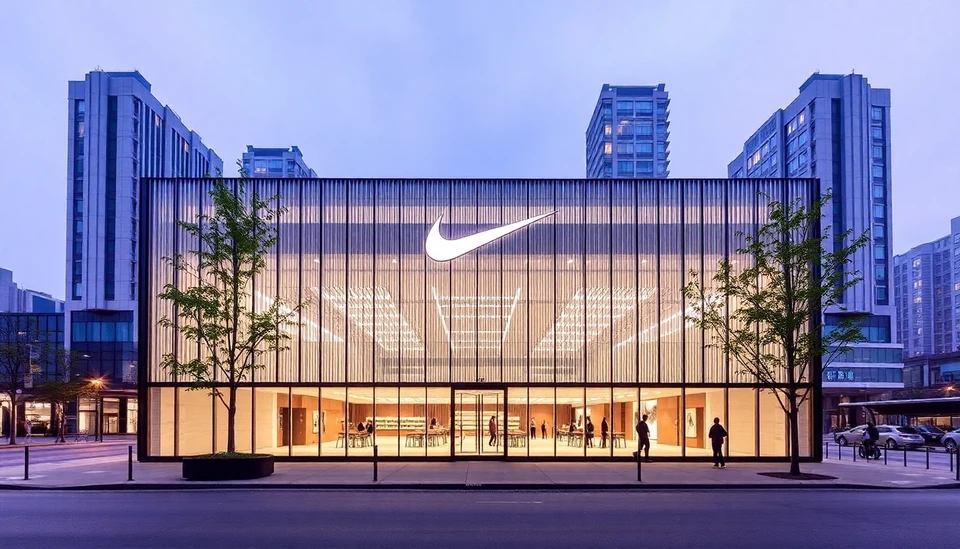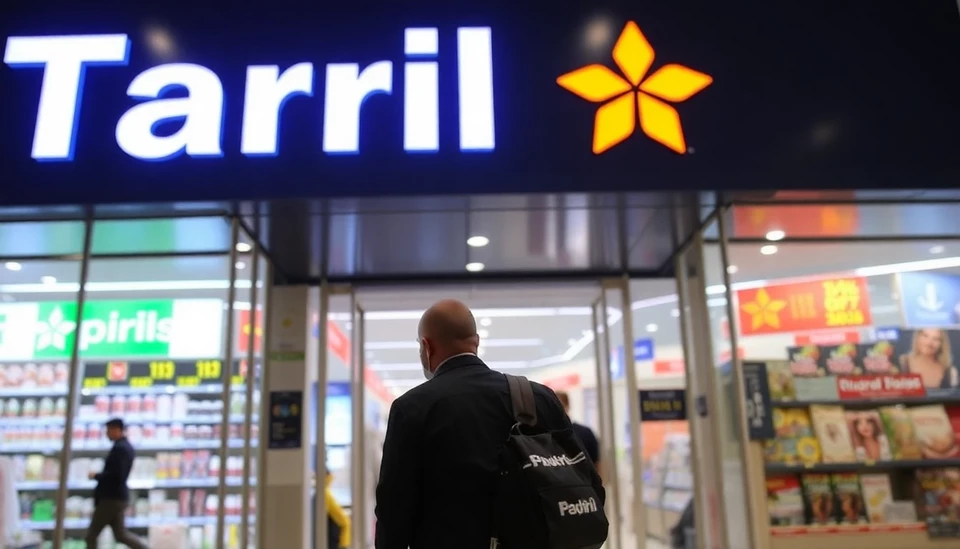
Nike, the global sneaker and athletic apparel giant, has recently witnessed a staggering dip in its market value, falling below the $100 billion mark. This significant decline has sent ripples through the financial markets as it grapples with a sluggish turnaround strategy, raising concerns among investors about the company's future trajectory.
As of the latest reports, Nike's market capitalization has slid to approximately $95 billion. This shift is starkly reflective of the competitive hurdles the company faces, coupled with changing consumer preferences and the ripple effects of macroeconomic pressures. Analysts note that the company’s attempts to rejuvenate its brand and enhance its market position are currently stalling, leading to a noticeable decrease in investor confidence.
The downturn comes on the heels of a series of disappointments for Nike, which has historically dominated the athletic wear market. Recent quarterly earnings reports have revealed lower-than-expected sales figures, and the company has struggled to sustain the momentum it had built during the pandemic, which had seen a surge in demand for athletic and leisurewear.
Many experts in the industry point to a combination of factors affecting Nike's performance. Supply chain disruptions, rising production costs, and increased competition from both high-end and budget athletic brands have contributed to this challenging environment. As consumers are more discerning and price-sensitive, Nike is being pressured to adapt its pricing strategies while maintaining its premium image.
Furthermore, the rise of eco-conscious consumerism has prompted many brands, including challengers to Nike, to incorporate sustainability into their core business strategies. Reports suggest that Nike has lagged in this crucial area, risking its relevance among a growing demographic that prioritizes sustainability in their purchasing decisions.
In light of these challenges, Nike’s management is under scrutiny to deliver a strong response. The company has initiated several strategic moves to revitalize its image, including collaborations with influential designers and a push into direct-to-consumer sales. However, these efforts have yet to yield the desired results, and stakeholders are becoming increasingly impatient for a clearer path forward.
As we move further into the fiscal year, the pressing question remains: Can Nike recover from this dip before it becomes a larger issue? Stakeholders are on high alert as they await the company’s next steps in addressing these multifaceted challenges, hoping that the brand's storied legacy can prevail over the current crisis.
With its long-standing position in the market, Nike's ability to rebound effectively will determine not only the future of the company but also set the tone for the athletic apparel industry as a whole, marking a significant moment in retail history.
#Nike #MarketValue #AthleticWear #BusinessNews #StockMarket #ConsumerTrends #Sustainability #TurnaroundStrategy #Investors
Author: Victoria Adams




